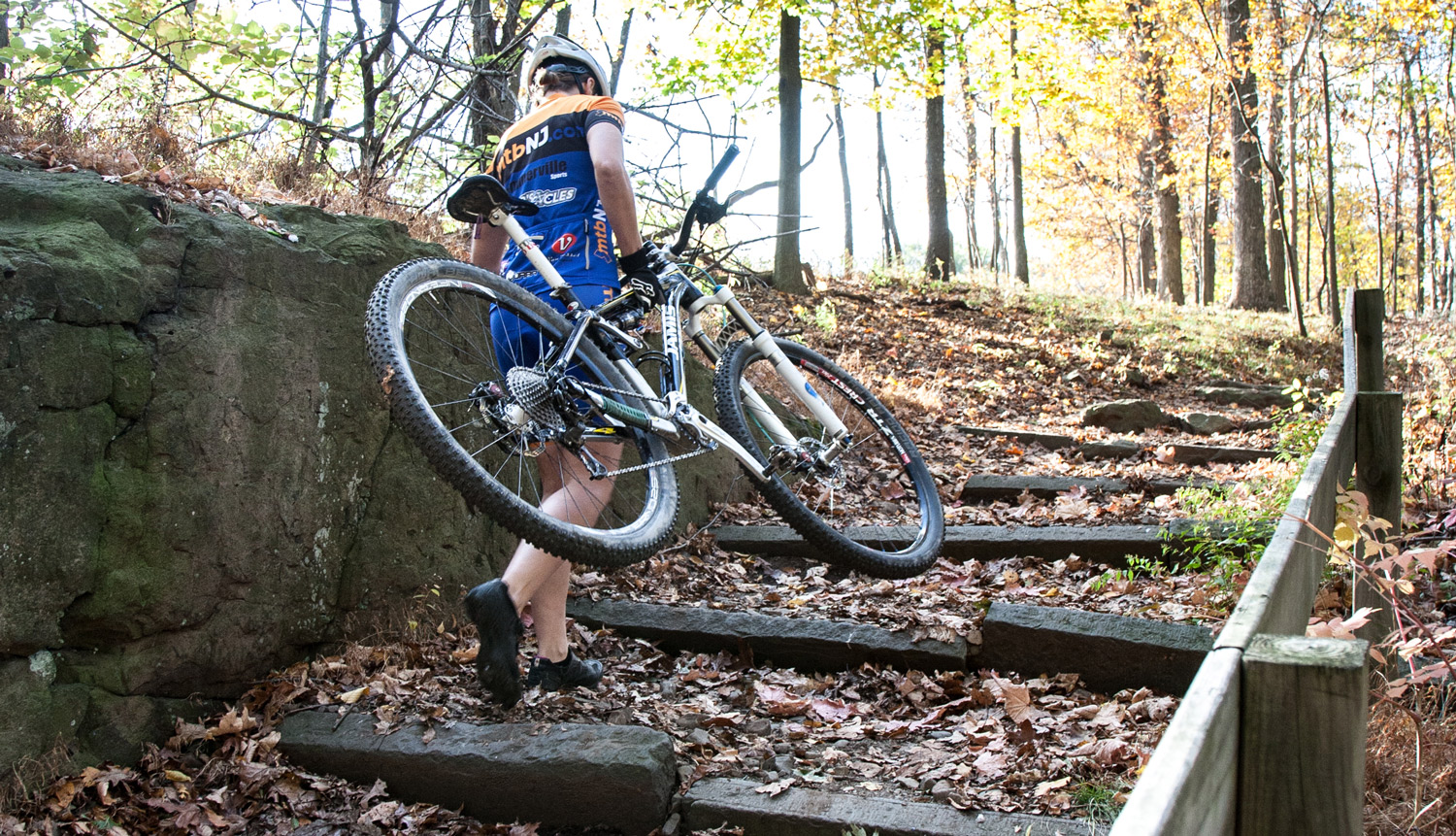Even if you are terribly gifted, and other than developing the obvious – increased power – I would like to point out a few reasons why lifting weights could benefit you as an athlete and perhaps take you to the next level.
First off, lifting weights speeds up your metabolism. Who doesn’t want that? Your body is burning more calories per hour during the day, before and after the gym session. Your body’s internal combustion engine increases because of the steady gym workouts, and I don’t know any riders who wouldn’t want to cut a few free pounds!
For most of us, riding the bike often and hard can lead to aches and pains – lower back, knees, hips… By lifting weights, we obviously strengthen muscles and connective tissue through the entire body, lessening the strain of trying to stay on the bike for 5+ hours! During leg sessions, an athlete strengthens ligaments and tendons around the knee (ligaments connect bone to bone, tendons connect muscle to muscle). During the season, if he/she has a serious crash, the injuries may not be as bad, or he/she may rebound more quickly. Also, as we reach our late-thirties, muscle-loss is accelerated. Time spent in the gym is the best way to slow this process.
Great riders have strong legs, but they also have exceptionally strong core muscles. Lance Armstrong was legendary for undergoing an intensive core and stretching workout throughout the year. I remember reading Chris Carmichael quote: “No one else would put themselves through that. No one.” In 2001, I read an article about Mario Cipollini and it explained his rigorous core routine. His trainer said if Cipo didn’t have strong abs and lower back muscles, he would never be able to get the power to the pavement. The Swiss exercise ball, weighted exercises, calisthenics – these are all ways to hit this important area.
Even with clipless pedals, most riders pedal piston-like, up and down, constantly driving the pedals down. Of course, this can lead to severe muscle imbalances. Even if you try to spread your power through the entire pedal stroke by pedaling in perfect circles, your quads still provide much of the power. The opposing muscle, the hamstrings, can often become injured or overly tight when this occurs. Spending time in the gym can help alleviate and prevent this problem.
LIFTING PHASES
When embarking on a weight program, a rider will typically emulate his cycling routine and periodize his training phases. There generally are four categories.
In the Adaptation phase, which lasts a minimum of 4 weeks, the repetitions are high, 15+. In this phase, an athlete can train in “circuit” fashion: do a set of Squats, then a set of Leg Presses, then Leg Curls, Leg Extensions, then go back to Squats…
In the Transition phase, typically 3 weeks in length, pyramids are implemented – 15 reps, then 12, then 10, focusing on one exercise before moving on to the next. Each week, the weight should be going up, but the reps remain the same.
During the Max Strength phase, which lasts a month, the reps are low, around the 6 range.
During the final phase, Maintenance, the athlete will go back to high reps, 15+, about 60- 70% of his/her one-rep max for that exercise. The ensuing two sets pyramid down to 10 reps.
The most important tip I can recommend is complete each exercise with perfect form. Heaving a ton of weight with an incorrect motion is not good. Start light, master the dynamic of the exercise, and then begin to move up. We want max benefits from time spent in the gym. Hence… periodization!
If you’re prone to being super-tight at the beginning of a workout, or get regularly sore after a weighted gym session, try spinning before and after, ten minutes or so.
GYM DIET
During the months spent in the gym, include more protein with your meals. Try to include some protein into all of your meals as this nutrient helps develop muscle.
As we put on muscle during the winter, be careful not to pack on too many extra pounds. Other than building muscle, protein also fills us more quickly. Eating meals rich in protein help us lose weight because they trigger a hormone that stops hunger pangs. The hormone is called PYY. It reduces food consumption by sending signals to the brain that indicates fullness. The best protein? Soy, fish, lean meat.
We should also consume a healthy amount of carbs, too. If carbs are avoided before the workout, protein will not be as effectively used by the muscle cells. So always try to mix carbs and protein with pre-workout meals, as well as post-workout meals. Digesting carbs replenishes muscle glygogen while also elevating our insulin levels, which in turn helps protein building.
Most athletes shy away from the fats, but healthy fats should not be avoided. If your diet is super low-fat, your testosterone levels will be lower, and then the muscle that’s broken down will have trouble rebuilding and getting stronger. Additionally, healthy fats are an excellent source of energy…

